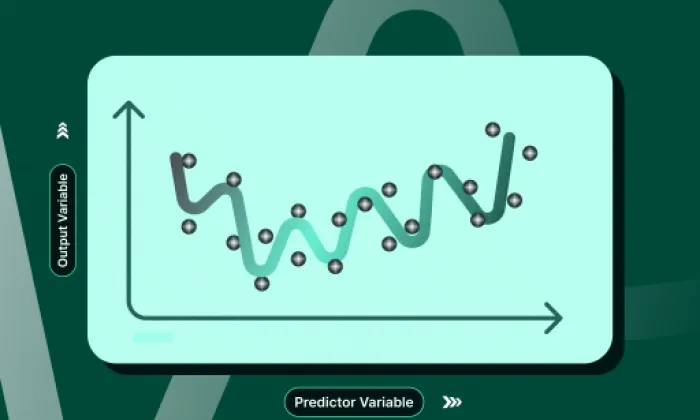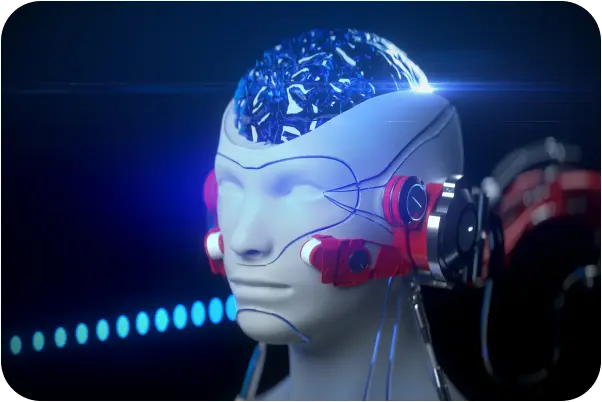What are positive and negative wake word samples?
Voice Recognition
Wake Words
AI Training
Positive samples contain the trigger phrase; negative samples do not. Together, they improve wake word accuracy and reduce false activations. Here’s how to curate them effectively.
What Is a Wake Word and Why It Matters
A wake word is a specific phrase that activates voice-activated systems, like "Hey Siri" or "OK Google." The success of these systems depends on their ability to accurately recognize when the wake word is spoken. This is where positive and negative samples play a vital role.
Curating Positive Samples for Wake Word Detection
Positive samples are recordings where the wake word is spoken clearly and correctly. These samples are essential for training AI models to recognize wake words reliably, even in varying conditions.
- Clarity and Variability: Ensure the wake word is distinctly pronounced by a diverse group of speakers to account for accents, intonations, and speaking styles.
- Environmental Diversity: Recordings should cover various environments (e.g., quiet, noisy) to help the model handle background noise effectively.
- Technical Guidelines: Maintain a high signal-to-noise ratio (SNR), typically ≥20 dB, and strive for transcription accuracy of ≥99%.
Example Positive Samples:
- "Hey FutureBee, what's on my schedule?"
- "Alexa, turn off the lights."
Building Robust Negative Samples to Reduce False Alarms
Negative samples help the AI distinguish wake words from other sounds, minimizing false activations.
- Diverse Content: Include various phrases and noises likely encountered around wake words.
- Environmental Noise: Incorporate background sounds to train the model to ignore irrelevant noises.
- Speaker Variability: Feature a wide range of speakers to account for different accents and demographics.
Example Negative Samples:
- "What time is it?"
- Background chatter or unrelated conversations.
Impact on Model Accuracy & User Experience
Understanding and implementing positive and negative samples is crucial for:
- Accuracy: High-quality positive samples ensure the system recognizes wake words accurately, while diverse negative samples prevent false activations.
- Robustness: A balanced dataset enhances performance across different environments, improving the model’s generalization ability.
- User Satisfaction: Reducing false positives improves user experiences and trust in the system.
Step-by-Step Dataset Optimization Guide
- Expand Sample Diversity: Include a broad spectrum of speakers, accents, and environments in both sample types.
- Controlled Environments: Use controlled settings alongside real-world scenarios to establish performance benchmarks.
- Leverage Advanced Annotation Tools: Utilize platforms like FutureBeeAI’s YUGO for detailed audio annotation and high-quality recordings.
- Iterate and Test: Continuously refine datasets based on performance metrics and feedback to enhance accuracy.
Wake Word Use Cases: From Smart Speakers to Automotive
Wake word recognition is crucial in various sectors:
- Smart Home Devices: Ensures accurate activation of devices like speakers and automation systems.
- Automotive Voice Control: Helps in-car systems differentiate commands from background noise, improving safety.
- Healthcare Assistants: Precise wake word recognition is vital to avoid misunderstandings in critical situations.
FutureBeeAI Dataset Specifications
- Language Coverage: Over 100 languages, including Indian and global languages.
- File Formats and Metadata: WAV 16 kHz/16-bit audio files with TXT/JSON transcriptions.
- Diversity Focus: Dialect, age, gender, and environmental variations.
- YUGO Platform: Supports structured collection with 2-layer QA and secure S3 storage.
Conclusion
The quality of your wake word dataset significantly impacts voice recognition system performance. FutureBeeAI offers comprehensive datasets with a focus on diversity and accuracy, suitable for any enterprise need. Whether you require OTS datasets or custom collections, our solutions provide the high-performance data necessary to build responsive voice systems.
For projects needing robust wake word datasets, FutureBeeAI can deliver production-ready data tailored to your requirements in just 2–3 weeks.
FAQ
Q: What file formats are provided?
A: WAV 16 kHz/16-bit, TXT/JSON transcriptions.
Q: How do you ensure diversity?
A: We maintain balanced quotas across accents, age, gender, and environments to ensure robust data representation.
Q: How is metadata structured?
A: Our metadata includes detailed schema with speaker demographics and recording context.
Get started today with FutureBeeAI to elevate your voice recognition systems. Contact us for a sample or consultation.
What Else Do People Ask?
Related AI Articles
Browse Matching Datasets
Acquiring high-quality AI datasets has never been easier!!!
Get in touch with our AI data expert now!








